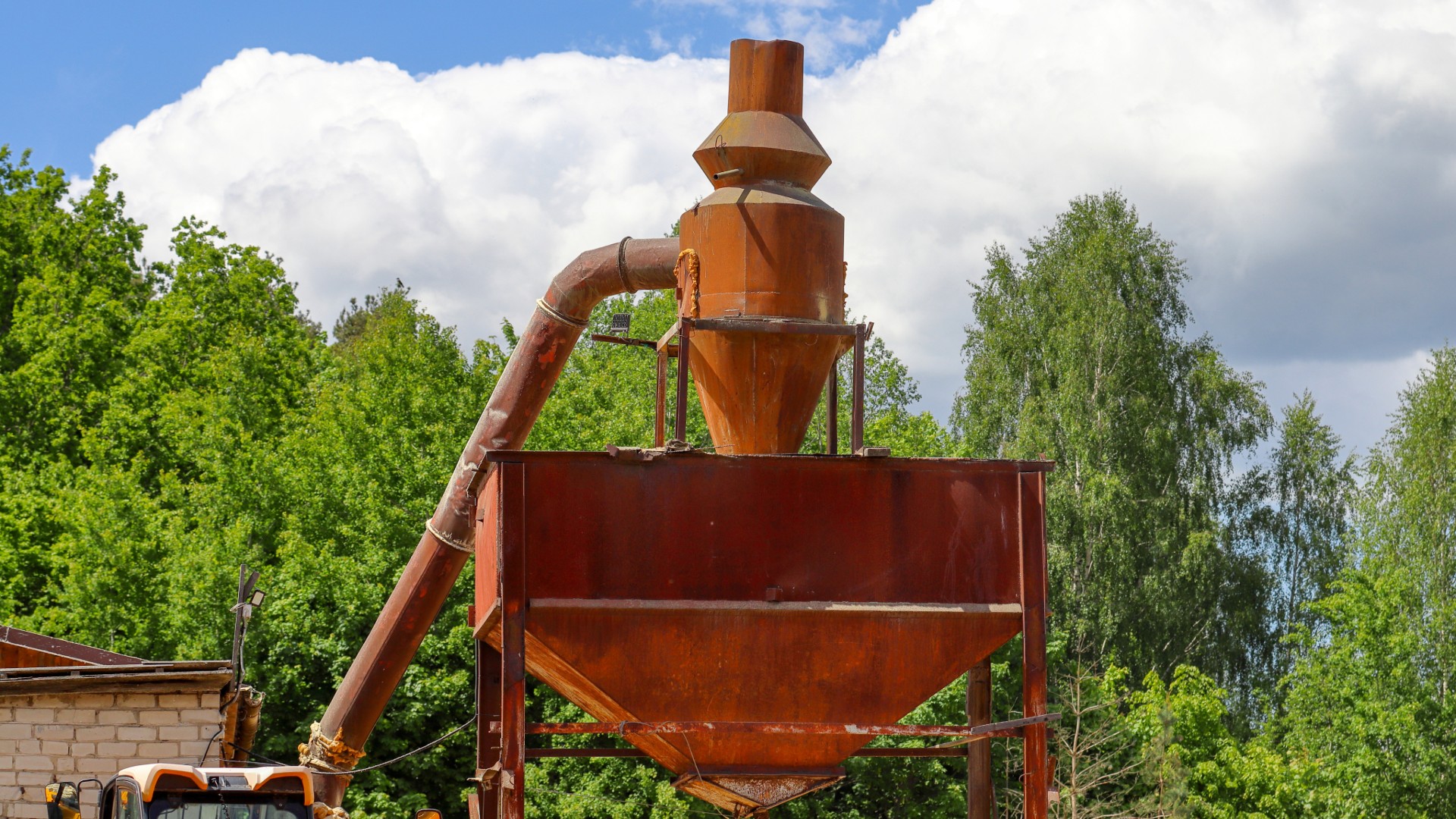
In mining, oil & gas, and heavy industries, effective solid-liquid separation is critical for operational efficiency, equipment protection, and process reliability. Proper separation reduces downtime, minimizes wear on machinery, and ensures consistent product quality. For procurement heads, engineering managers, project contractors, and government buyers, understanding separation technology is crucial for making informed, cost-effective, and reliable equipment choices.
The hydrocyclone separator stands out as a fast, efficient, and compact solution for many industrial applications. By utilizing centrifugal force, a hydrocyclone separator continuously separates solids from liquids, eliminating the need for moving parts and resulting in lower maintenance and higher throughput. Specialized variants, such as the hydrocyclone sand separator and the hydrocyclone oil separator, provide targeted solutions for sand removal, oil-water separation, and slurry handling. In comparison to traditional equipment, the hydrocyclone separator offers a smaller footprint, simpler operation, and enhanced reliability, making it a preferred choice for industries that deal with challenging separation tasks.
This blog compares the performance of hydrocyclone separators with other solid-liquid separation methods, enabling decision-makers to select the optimal solution for their specific operational requirements. By understanding the advantages and limitations of a hydrocyclone separator, engineering managers and procurement heads can ensure improved ROI, operational efficiency, and long-term reliability.
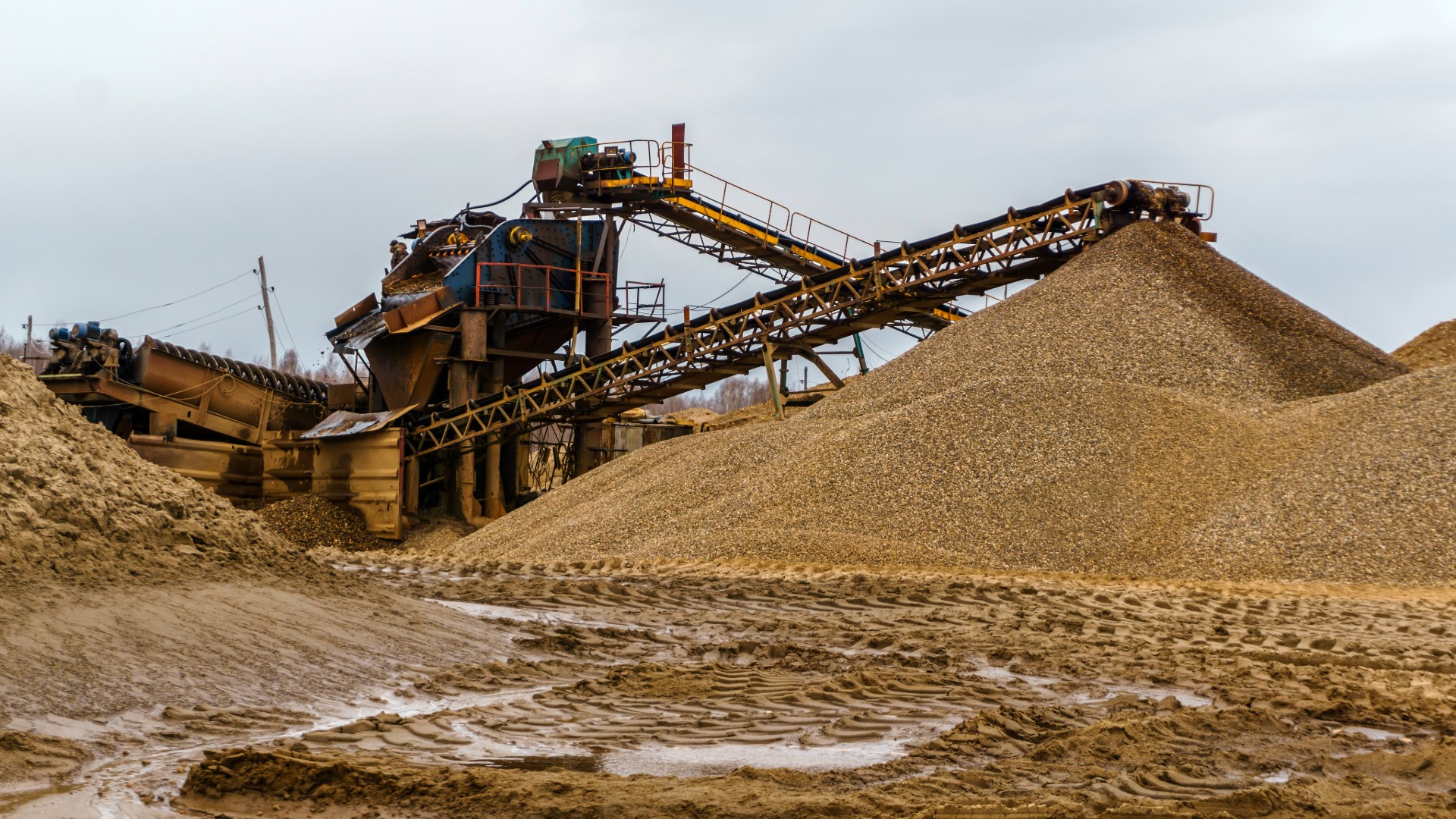
How Hydrocyclone Separators Work
A hydrocyclone separator utilizes centrifugal force to achieve rapid and continuous separation of solids from liquids. When slurry enters the unit through a tangential inlet under pressure, it creates a swirling motion within the conical chamber. This vortex flow generates centrifugal forces that direct heavier particles, such as sand or grit, toward the outer wall. At the same time, lighter liquids, including oil or process water, are drawn inward toward the vortex finder, allowing for efficient separation without the need for mechanical parts.
The separation process depends on multiple variables, including feed pressure, particle size distribution, density differences, and slurry concentration. For example, fine particles as small as 10–15 microns can be effectively classified with a hydrocyclone sand separator, making it ideal for removing abrasive materials from mining slurries. Similarly, oily wastewater streams benefit from the hydrocyclone oil separator, which separates dispersed oil droplets from water without requiring chemical additives or complex equipment.
Unlike traditional gravity settlers that rely on slow sedimentation or filtration systems that require periodic cleaning and replacement, a hydrocyclone separator delivers higher throughput and faster separation. Its compact footprint allows for installation in tight process lines, and its lack of moving parts minimizes wear, making maintenance simpler and less frequent. These features ensure that separation can continue uninterrupted, even in the most demanding industrial conditions.
Applications extend across mining tailings management, where sand and coarse solids need constant removal, to oil-water separation in refineries or offshore platforms where environmental discharge regulations must be met. Industrial wastewater treatment also benefits from continuous solids removal, which reduces stress on downstream equipment and enhances process stability.
The combination of high separation efficiency, operational reliability, and low maintenance requirements makes hydrocyclone-based systems highly attractive for procurement heads and engineering managers. The hydrocyclone sand separator ensures that slurry handling equipment is protected, while the hydrocyclone oil separator helps improve recovery rates and meet environmental targets. Together, they offer a cost-effective and high-performance solution for complex separation challenges in the mining, oil & gas, and heavy industry sectors.
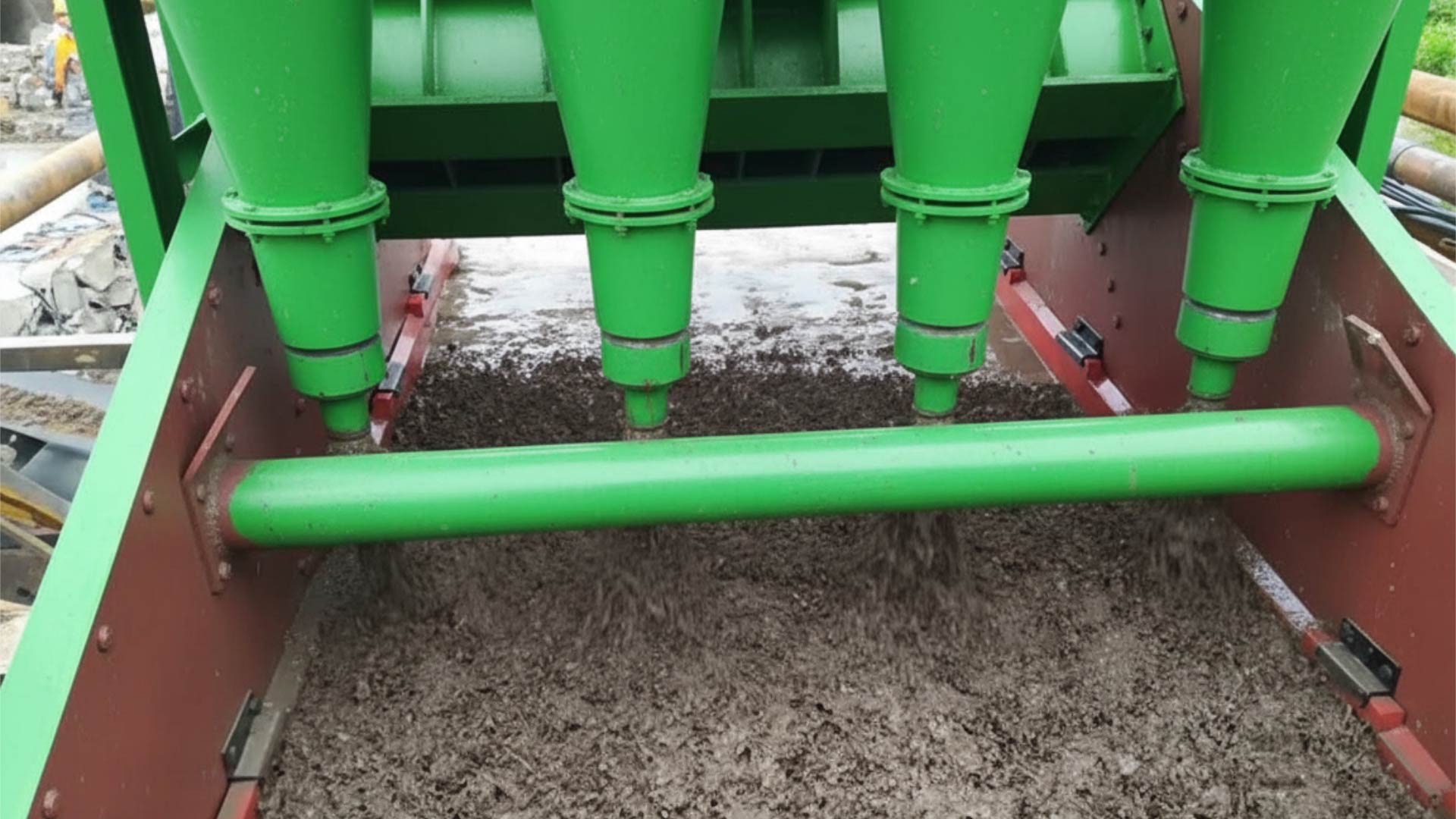
Comparison with Other Solid-Liquid Separation Methods
Choosing the right separation method plays a vital role in ensuring process efficiency, equipment longevity, and cost management in industries such as mining, oil & gas, and heavy manufacturing. Among available technologies, the hydrocyclone separator stands out for its ability to combine speed, high separation efficiency, and compact design. However, other methods, such as gravity settlers, centrifuges, and filter presses, remain relevant depending on specific operational needs.
Gravity Settlers (Clarifiers/Thickeners): These systems utilize gravity to separate particles from liquid streams, making them suitable for handling coarse solids or low-concentration slurries. However, they require substantial floor space and longer retention times to achieve effective separation. In comparison, the hydrocyclone sand separator excels at handling fine particles, offering a minimal footprint and significantly faster separation rates, which enable industrial operations to maintain higher throughput without requiring extensive infrastructure.
Centrifuges: Centrifugal separators offer high separation precision, capable of treating dense sludges and ultrafine solids with precision. Despite their effectiveness, these systems demand complex setups, higher maintenance schedules, and increased energy usage. The hydrocyclone oil separator, by contrast, offers a simplified approach to separating oil droplets from water streams, eliminating the need for elaborate machinery or frequent intervention, and making it an efficient alternative in many oilfield and refinery settings.

Filter Presses: Filter presses are designed for batch operations, particularly where dry cake formation is required. While effective for certain applications, they require significant manual labor, frequent cleaning, and downtime for maintenance. The continuous separation provided by a hydrocyclone separator minimizes operational interruptions, offering a more reliable option for high-volume processes, including slurry handling and wastewater treatment.
Membrane Filters: For applications requiring ultrafine separation and exceptionally clean filtrate, membrane systems can deliver unmatched purity. However, these solutions are cost-intensive and require regular cleaning cycles, chemical treatment, and expert oversight. In contrast, hydrocyclone sand separators and hydrocyclone oil separators provide practical solutions for moderate separation needs, offering lower operational complexity.
Choosing the Right Technology: No single separation method is suitable for all applications. Gravity settlers remain valuable for large volumes of coarse solids, while centrifuges are ideal for high-purity separations in specialized processes. Filter presses serve batch processing requirements, and membrane filters address ultrafine separation challenges. In many cases, a hydrocyclone separator, supported by hydrocyclone sand separators and hydrocyclone oil separators, provides a balanced solution that combines ease of operation, reduced maintenance, and cost-effective performance.
For procurement heads, engineering managers, and project contractors, understanding the strengths and limitations of each option is critical. Incorporating a hydrocyclone separator where appropriate can lead to improved throughput, lower energy consumption, and reduced maintenance, all while ensuring robust separation across demanding industrial environments.
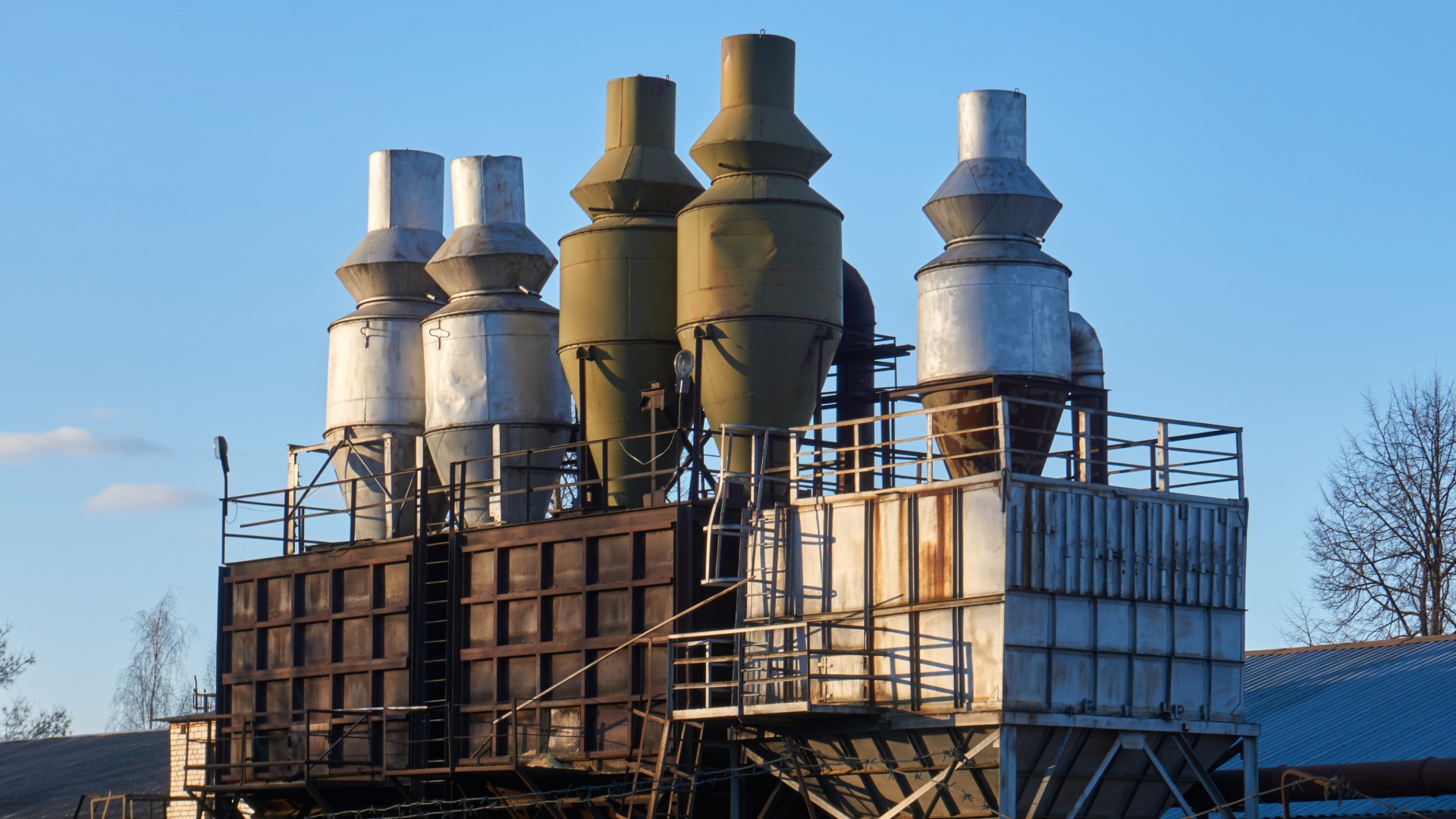
Key Advantages of Hydrocyclone Separators
The hydrocyclone separator offers numerous advantages that make it a preferred choice for solid-liquid separation in mining, oil & gas, and heavy industries. Its simple, robust design ensures operational reliability while delivering high efficiency and cost-effectiveness.
1. Simple and Reliable Design: With no moving parts, the hydrocyclone separator requires minimal maintenance, reducing downtime and repair costs. This simplicity ensures dependable performance, even in the most demanding industrial environments.
2. High Processing Capacity: Capable of handling large slurry volumes, the hydrocyclone separator supports high flow rates without compromising separation efficiency. Specialized variants, such as the hydrocyclone sand separator, can efficiently manage abrasive slurries common in mining operations.
3. Fine Particle Separation: A hydrocyclone separator can separate particles as small as 10–15 microns, outperforming many traditional separation systems. The hydrocyclone oil separator is particularly effective in removing fine oil droplets from wastewater streams.
4. Compact Footprint: Compared to gravity settlers and large filtration systems, the hydrocyclone separator requires significantly less floor space, enabling easier integration into existing process lines.
5. Cost-Effective Operation: Lower capital investment and reduced maintenance needs make the hydrocyclone separator a cost-efficient alternative to centrifuges and filter presses. Its continuous operation also contributes to operational savings and improved ROI.
6. Quick and Continuous Processing: Short retention times allow the hydrocyclone separator to operate continuously, delivering rapid separation results suitable for high-throughput industrial processes.
By combining efficiency, simplicity, and adaptability, the hydrocyclone separator, along with its specialized forms, the hydrocyclone sand separator and hydrocyclone oil separator, provides a reliable and cost-effective solution for decision-makers seeking optimized solid-liquid separation performance.
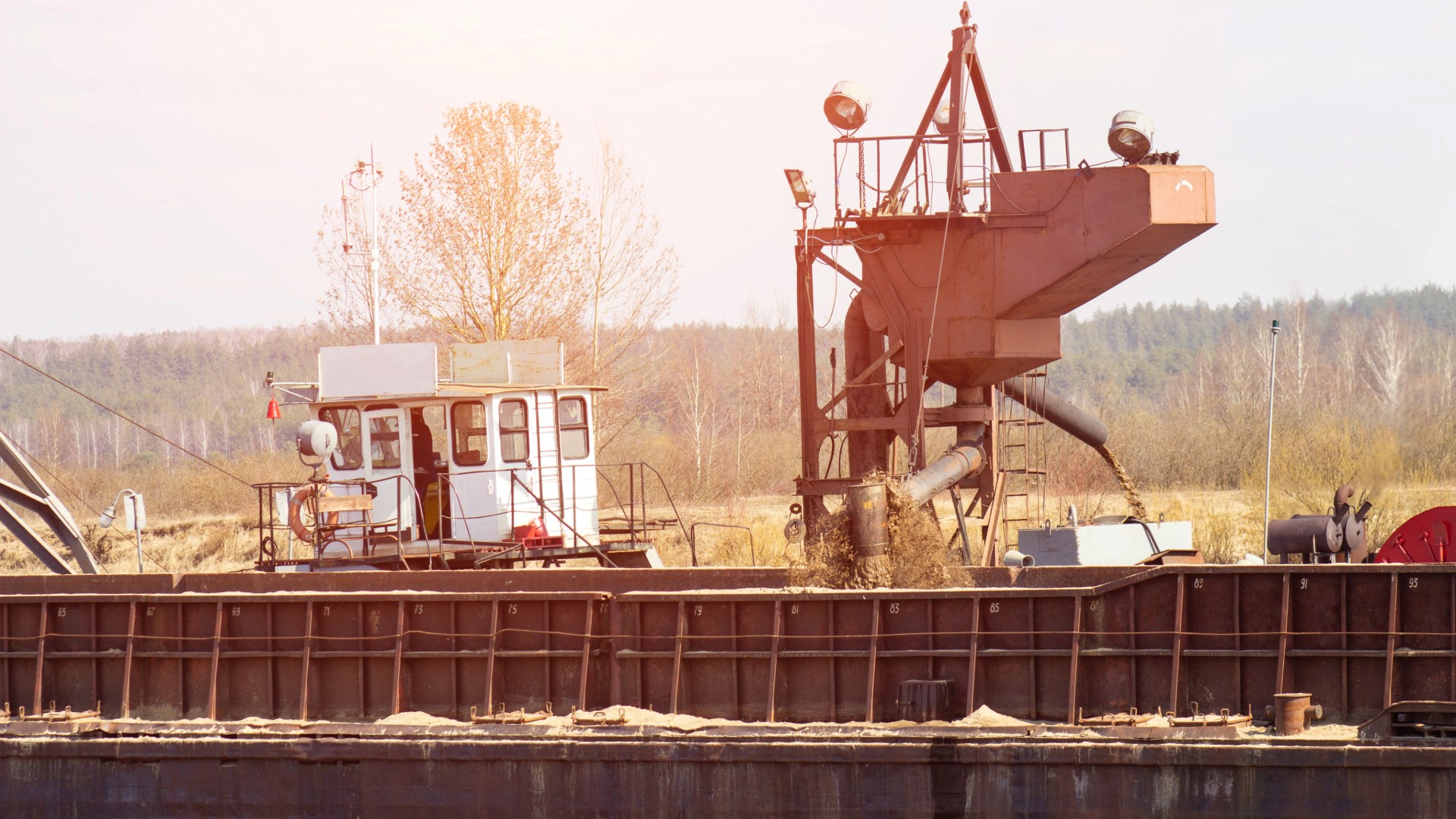
Limitations of Hydrocyclone Separators
While hydrocyclone separators provide significant advantages, understanding their limitations is essential for effective deployment in mining, oil & gas, and heavy industries.
1. Energy Requirements: These separators rely on pressurized feed to generate centrifugal forces, leading to higher energy consumption compared to gravity-based systems. Operational costs should be considered, especially in large-scale applications.
2. Wear and Tear: High-velocity flows can cause abrasion at the inlet and apex areas. The hydrocyclone sand separator, for example, may require wear-resistant liners or periodic maintenance to maintain efficiency.
3. Sensitivity to Feed Conditions: Separation efficiency can be affected by fluctuations in feed pressure, particle size, or slurry density, potentially impacting overall process stability.
4. Limited Separation Precision: For ultrafine or low-density particles, hydrocyclones may not achieve the desired purity. In such cases, complementary equipment, such as centrifuges or membrane filters, may be necessary.
5. Operational Troubleshooting: Incorrect feed conditions or solids loading can reduce performance. The hydrocyclone oil separator requires careful monitoring to maintain optimal separation efficiency and prevent disruptions.
By being aware of these limitations, engineering managers, procurement heads, and project contractors can optimize the performance of hydrocyclone separators, ensuring reliable operation and long-term efficiency.
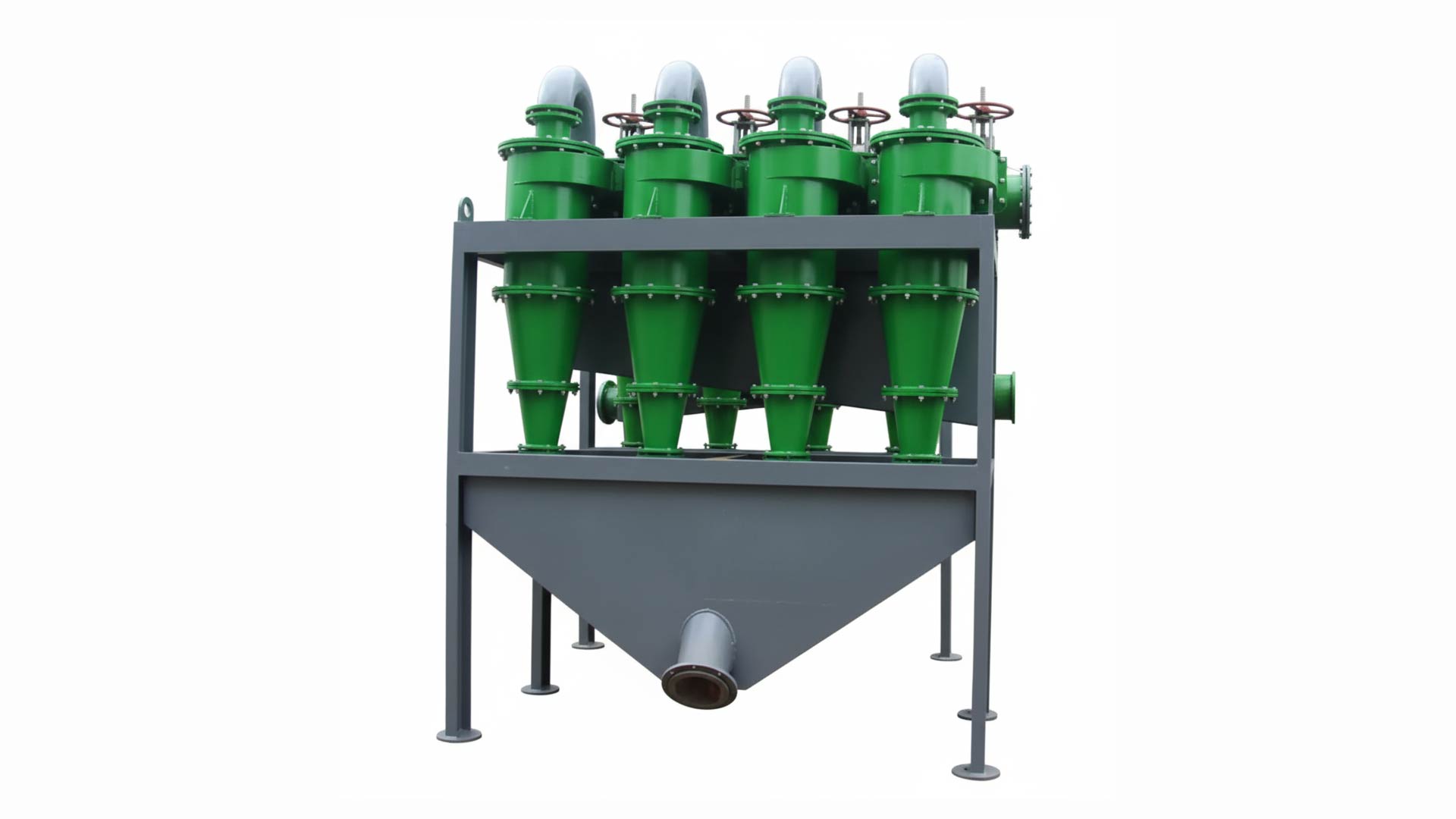
Equipment Selection Guidelines for Solid-Liquid Separation
Selecting the most suitable equipment for solid-liquid separation is a critical decision that directly impacts process efficiency, operational costs, and long-term reliability. Factors such as feed material composition, slurry volume, desired separation efficiency, particle size distribution, and maintenance capabilities must be carefully evaluated. In industries such as mining, oil & gas, and heavy manufacturing, where separation plays a crucial role in protecting equipment and ensuring regulatory compliance, making the right choice can significantly enhance throughput and reduce downtime.
Hydrocyclones
Hydrocyclones are widely adopted for continuous separation of fine to medium particles in slurry streams with moderate to high flow rates. Their simple yet highly effective design makes them particularly suitable for applications where space, maintenance, and cost constraints are key considerations. The hydrocyclone sand separator is specifically designed for abrasive, sand-laden slurries commonly encountered in mining operations, protecting downstream equipment, such as pumps and pipelines, from wear. Meanwhile, the hydrocyclone oil separator is designed to efficiently remove dispersed oil from water in refineries, offshore platforms, and wastewater treatment plants, eliminating the need for chemical additives or extensive filtration systems.
The compact footprint and ease of installation further enhance the appeal of hydrocyclones, enabling their integration into existing process lines without requiring extensive redesign. Their ability to operate continuously with minimal supervision makes them ideal for large-scale operations requiring consistent performance.
Centrifuges
Centrifugal separators remain a popular choice for achieving high-purity separation of ultrafine particles and dense sludges. These systems utilize high-speed rotational forces to separate solids from liquids, offering precision unmatched by other methods. However, the complexity of their operation, higher energy requirements, and need for frequent maintenance pose challenges in large-scale or remote installations.
Despite these drawbacks, centrifuges are often the go-to solution where clarified liquid quality is paramount, such as in chemical processing, pharmaceutical production, or specialized mineral recovery. When combined with pre-treatment systems, such as a hydrocyclone sand separator, centrifuges can achieve improved performance by reducing the load of coarse particles.
Filter Presses
Filter presses excel in batch processing applications where solid drying or dry cake formation is required. These systems force slurry through cloth or polymer membranes to separate liquid from solids, making them suitable for various industries, including wastewater treatment, food processing, and mineral beneficiation.
However, filter presses require extensive labor for maintenance, cake removal, and cleaning cycles, which can increase operational costs and downtime. In contrast, hydrocyclone-based systems, such as a hydrocyclone oil separator, offer continuous operation and reduced need for manual intervention, making them a more efficient choice in high-volume industrial environments.
Gravity Settlers (Clarifiers/Thickeners)
Gravity-based separation methods rely on natural sedimentation, making them effective for large volumes of coarse solids or low-density slurries. Clarifiers and thickeners are commonly used in tailings management and wastewater treatment, where slower, gravity-driven processes are sufficient.
However, the substantial space requirements and longer retention times limit their suitability for fine particle separation or operations where throughput and speed are critical. Combining gravity settlers with hydrocyclone separators can improve overall process efficiency by handling coarse solids first, while finer separation is achieved through centrifugal action.
Membrane Filters
Membrane filtration systems are designed for the removal of ultrafine particles and processes that require high-purity filtrate. These systems are frequently used in advanced chemical treatments, desalination plants, and water recycling facilities.
While highly effective, membrane systems carry higher capital and maintenance costs. They require periodic cleaning and chemical treatment, which can increase operational complexity. In many cases, integrating membrane filters with upstream solutions, such as a hydrocyclone sand separator or a hydrocyclone oil separator, can extend the membrane’s lifespan and reduce the frequency of cleaning.
Real-World Applications and ROI
The hydrocyclone separator has proven its value across mining, oil & gas, and heavy industries by delivering efficient solid-liquid separation while reducing operational costs and improving process reliability. Its versatility allows tailored solutions for a range of applications, providing tangible ROI for industrial operators and decision-makers.
In mining operations, a hydrocyclone sand separator effectively removes sand and coarse solids from slurry streams, thereby protecting downstream equipment, including pumps, conveyors, and classifiers. This reduces the frequency of maintenance and extends equipment life, directly impacting operational costs.
In oil and wastewater treatment, the hydrocyclone oil separator facilitates the rapid removal of oil droplets from water, thereby enhancing recovery efficiency and meeting environmental discharge standards. This capability minimizes chemical usage, reduces energy costs, and supports compliance with regulatory requirements, resulting in long-term cost savings.
Industrial process water and wastewater systems also benefit from hydrocyclone separators, which provide continuous separation of fine particles while maintaining a compact footprint. The low maintenance and simple operation of these systems allow procurement heads and engineering managers to optimize labor allocation and reduce downtime.
By implementing hydrocyclone separators in the right applications, organizations achieve higher throughput, consistent separation quality, and reduced operating expenses. The combination of operational efficiency, durability, and adaptability ensures a strong return on investment, making hydrocyclones an attractive solution for both new installations and retrofitting existing systems.
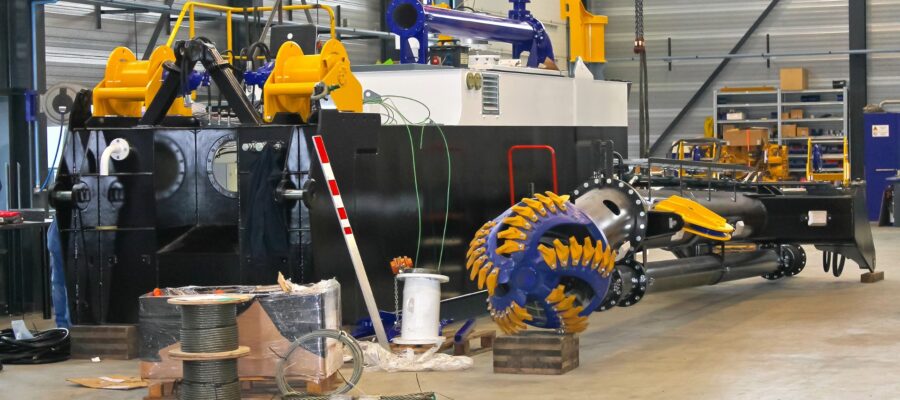


Post a Comment